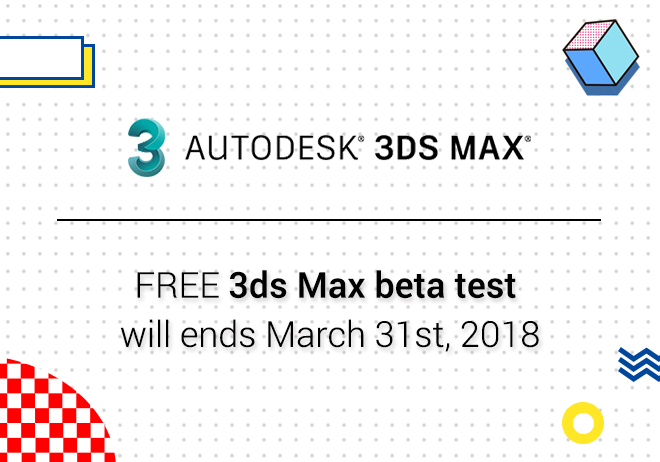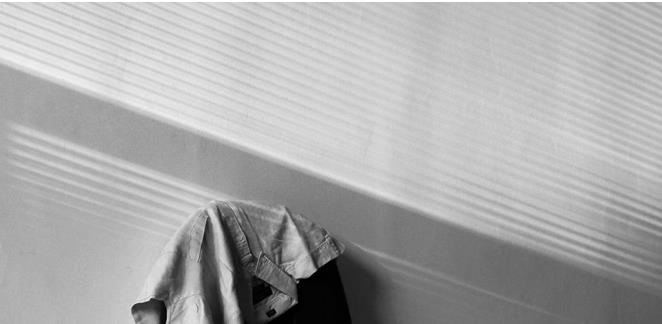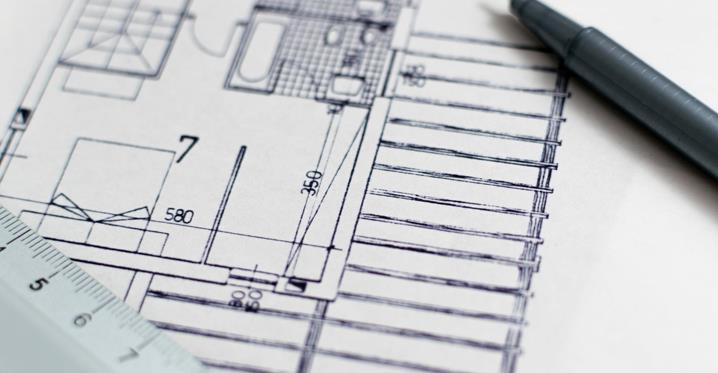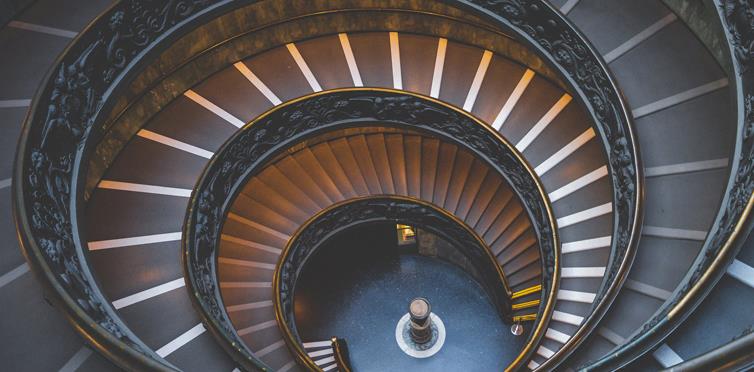
Renderwow
Friends in the interior design industry, are no stranger to renderings. Every large design company and every small decoration company invites people to make a special set of space effects for themselves. Many people judge the quality of the renderings, and there is no concept to how to evaluate and understand the effect of the picture?
The renderings are mostly used for the preliminary design stage and the simulation of the overall space decoration effect. Excellent renderings can give viewers a real sense of the space. The effect drawing needs to grasp the design dimension on the hard installation and the color and texture reduction on the soft installation design.
The initial analysis of indoor renderings is most direct, to put it simply, it is whether the rendering of the space is close to reality. If the picture is general, then it is a good picture. If there is a need for excellence, there is another aspect to be satisfied, that's the function.
Light and shadow
In the real world, lights are divided into two types: natural and artificial light, there are more kinds of artificial light sources, common chandeliers, ceiling lamps, down lights, spotlights, lights and so on, and each type of light source brings different lighting effects to the space. Therefore, it is very important to handle the lighting effect of every kind of lighting reasonably in indoor renderings. In addition, we should carefully observe whether the projection of the material produced by lighting is real or appropriate.
In reality, the dark gray of the projection color is not pure black, and the projection edge has a blurred emergence effect. Instead of being rigid as a knife, the light and shadow are too natural.

texture
Ojects in the real world have their own unique texture, common materials in indoor space include glass, wood, metal, ceramics, cloth, leather, etc. in indoor renderings, for material performance is not single,is controlled by the material ball property of the renderer. Textures also occupy a large proportion, for the renderings, the performance teacher should learn to master the different parts of each material, and after analysis, it can be converted to the corresponding material function item. Then tested continuously under the light, the real finishing material can be obtained, if there are more materials in the scene, this time will also increase, in short, the variety of materials is ever-changing.
Scale
The overall layout plan of the space is determined later, it is based on the actual furniture size, soft and hard size of space layout, the scale of the excellent effect diagram, it looks very comfortable.
This is not only the need to map the performance of the master's experience, for beginners, if you grasp quickly, that is to have an understanding of the most basic human engineering. The commonly used standard sizes can be kept in mind, so this is not experience but textbook knowledge, just take some time to read.

angle
The angle in the effect map is scrutiny, it can be said to be similar to photography in interior space. If we can show the quality of space design or expression space, and if the camera angle is not comfortable enough, the entire surface will feel loose. This requires the long-term aesthetic training of the renderings. There are also different observations on the beauty of things in daily life, so long term training is needed, it's not the morning and night.
